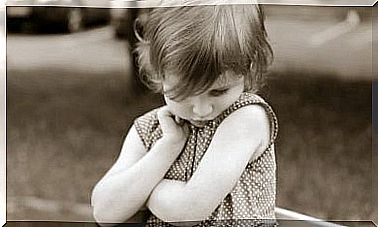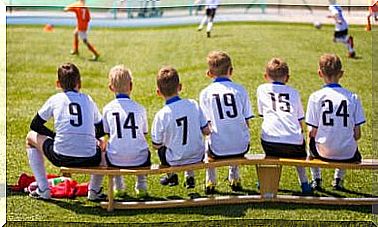Leukemia In Children: What Is It?

If you are reading this, you may have suspicions or already received confirmation that your child is suffering from leukemia. It’s scary, we know. However, we want to give you more information about this disease.
Most children with leukemia survive and become completely healthy nowadays. Although medical treatment is very important, you can also provide support to your child in other ways.
What is leukemia?
Leukemia is a type of cancer that affects the blood cells, in most cases the white blood cells. It is caused by a mutation that occurs in the cells, before they become white blood cells. This transformation makes them carcinogenic, which means that they reproduce continuously.
Leukemia can enter the bone marrow and disrupt the production of normal blood cells. This can reduce the concentration of platelets and red blood cells, which in turn leads to anemia and an increased risk of infections.
In addition, the cancer cells can move through the bloodstream and enter other organs such as the liver, spleen, kidneys and brain.

Causes of leukemia in children
What causes the disease? Are there factors that increase the risk of developing leukemia?
- Among the genetic factors that exist, it is known that certain diseases, such as Down’s syndrome and Fanconi’s anemia, are directly related to an increased likelihood of suffering from this disease.
- Environmental factors, such as exposure to high levels of radiation, can also directly affect cell mutation.
- There are also certain chemicals and medications that can increase a child’s risk of being affected.
- Finally, a weakened immune system can also promote cell mutations.
How is leukemia detected in children?
There are many tests that can confirm that a child has leukemia. Here are some examples:
- Blood sample. A complete blood cell count can help detect leukemia in children.
- Bone marrow test.
- Lumbar puncture.
- Biopsy of lymph nodes.
Keep in mind that a positive result from any of these does not confirm that your child has leukemia. The tests can also be used to detect other diseases and conditions.
From the moment a specialist makes a definite diagnosis, the fight against the disease begins. Even if it is cancer, it can be overcome. Depending on the age of the child, the survival rate can be up to 85%.
It all depends on when the diagnosis is made and how effective the treatment is.
Advice for parents
Leukemia can be brain-tearing for parents who see how their children suffer and are forced to fight a terrible disease. If so, we want to give you support through the following advice:
- Trust your child. The fact that your child is young does not mean that he is weak. Your child’s strengths can be surprising. Trust his potential and remind him that he is stronger than he thinks.
- Do not deny your feelings and thoughts. You can break down and you have the right to do so. Find places and people with whom you can express your fears. You will feel much better after lightening your heart.
- Do not lie to your child. You can adapt your answers in a way that makes it understandable to her, but do not lie to her. She deserves to know the truth and to ask all the questions she needs answered.

- Help your child by listening. Your child must also know that he can express his feelings and fears to you. If your child thinks he is hurting you or making you sad by telling you how he feels, he will hide his feelings from you. You can give him space to express everything he feels.
- Try to maintain your child’s routine as much as possible. Try to avoid the disease taking over your child’s life. It’s part of his life story but is not everything. Encourage your child to study and continue to do activities he enjoys.
- Friends, family and school. He should be able to feel the support of the people around him. Let his friends and family show their support.
It is true that leukemia means a radical change in lifestyle for your child and your family. But as a parent, you can try to focus on the positive. Remember that it is your main mission to make your child happy.









